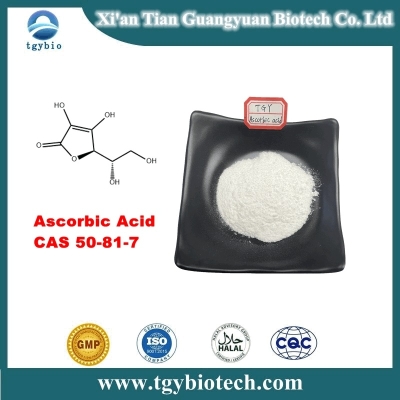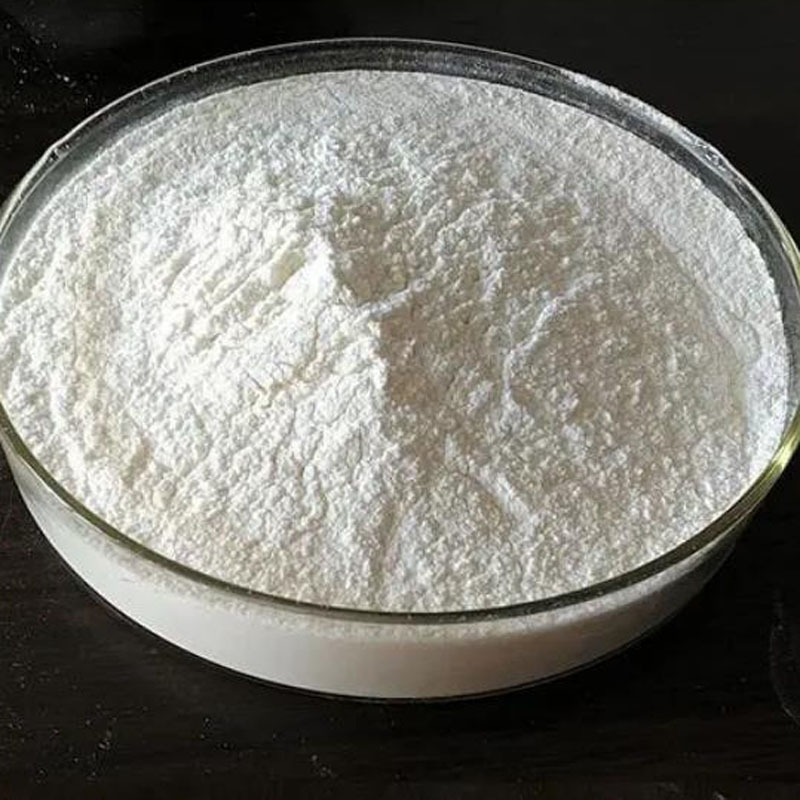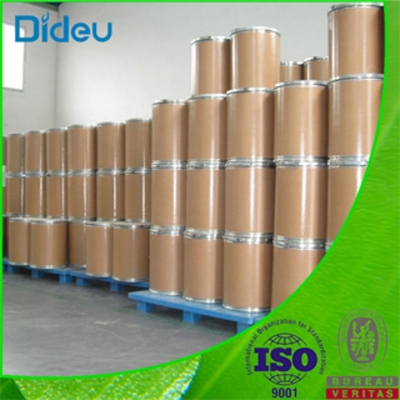Cosmetic Ingredient
- • Abrasive (124)
- • Absorbent (84)
- • Anticaking (66)
- • Anticorrosive (25)
- • Antifoaming (19)
- • Antimicrobials (290)
- • Antioxidant Ingredient (393)
- • Antiperspirant (20)
- • Antiplaque (48)
- • Anti-seborrheic (38)
- • Anti-sebum (39)
- • Antistatic (458)
- • Astringent (162)
- • Binding Agent (172)
- • Bleaching Agent (53)
- • Buffering (191)
- • Bulking (109)
- • Chelating (122)
- • Cleansing (679)
- • Cosmetic Colorant (212)
- • Cosmetic Preservative (158)
- • Denaturant (45)
- • Deodorant (98)
- • Depilatory (27)
- • Dissolving Agent (298)
- • Emollient (795)
- • Emulsifying Agent (480)
- • Emulsion Stabilising (154)
- • Exfoliating (19)
- • Film Forming (299)
- • Flavouring (72)
- • Foam Boosting (161)
- • Foaming (101)
- • Fragrance Ingredient (726)
- • Gel Forming (19)
- • Hair Conditioning (670)
- • Hair Dyeing (363)
- • Hair Fixing (36)
- • Hair Waving or Straightening (45)
- • Humectant (282)
- • Hydrotrope (92)
- • Keratolytic (20)
- • Light Stabilizer (80)
- • Moisturising Agent (50)
- • Nail Conditioning (42)
- • Occlusive (20)
- • Opacifying (119)
- • Oral Care (123)
- • Oxidising (19)
- • Perfuming (2105)
- • Plasticiser (98)
- • Propellant (19)
- • Reducing (50)
- • Refatting (12)
- • Refreshing (26)
- • Skin Cleansing (388)
- • Skin Conditioning (1751)
- • Skin Humectant (21)
- • Skin Protecting (282)
- • Smoothing (31)
- • Soothing (71)
- • Tonics (155)
- • UV Filter (34)
- • Viscosity Controlling (532)
Chemicals as Skincare Ingredients
Related News
-
Price Surge Alert as Major Suppliers Increase Barium Sulfate Costs by 200 Yuan per Ton
2025-03-20 -
Shell Considers Partnering with the U.S. and Closing European Chemical Assets
2025-03-26 -
Quaker Houghton Acquires Dipsol Chemicals, Strengthening Advanced Solutions Portfolio
2025-03-27 -
AstraZeneca to Invest $2.5 Billion to Establish Global Drug R&D Center in Beijing
2025-03-25 -
Saudi Aramco CEO: Invest in downstream projects in China's energy, chemical and other fields
2025-03-28 -
Dow's Silicones Downstream Expansion Project in Zhangjiagang Launches and Drives Market Innovation
2025-03-21
Buffering
Lactic acid
(50-21-5)-
Industrial Grade / 99%
-
Food Grade / 99%
-
-
Feed Grade / 85%
L-Ascorbic acid
(50-81-7)2. Analgesic, antipyretic
3. Physiological antioxidant. Coenzyme for a number of hydroxylation reactions; required for collagen synthesis. Widely distributed in plants and animals. Inadequate intake results in deficiency syndromes such as scurvy. Used as antimicrobial and antioxidant in foodstuffs.
-
Cosmetic/Food/Pharmaceutical Grade / 99%
$6-7/KG FOB
-
Food Grade Cosmetic Grade Medicine Grade / 99%
$3-3.3/KG FOB
-
Cosmetic/Food/Pharmaceutical Grade / 99%
-
![ASCORBIC ACID (VITAMIN C) buy ASCORBIC ACID (VITAMIN C)]()
Cosmetic, Feed, Food, Pharma / 99%
Lithium carbonate (Li2CO3)
(554-13-2)2. Used in a matrix modifier.
-
Food Grade / 99%
-
Chemical Grade / 99%
-
Industrial grade / 98%
-
Chemical Grade / 98%
L-Malic acid
(97-67-6)-
Food Grade / 99.30%
-
Industrial Grade / 99%
-
- / 99.00%
-
Request for quotation , get quotes from more suppliers.
Lithium fluoride
(7789-24-4)-
Industrial Grade / 99%
-
Industrial Grade / 99%
-
Chemical Grade / 99%
-
Industrial Grade / 99%
Request for quotation , get quotes from more suppliers.
Source Buffering Products Supply
-
Cosmetics Grade / 98%
-
![Lactobionic Acid buy Lactobionic Acid]()
Cosmetic Grade / 99%
$1/KG EXW
-
![Lactobionic acid buy Lactobionic acid]()
Cosmetic Raw Materials / 99%
$56/KG EXW
-
various grades / 99%
Request for quotation , get quotes from more suppliers.
-
![L-ASPARTIC ACID POTASSIUM MAGNESIUM SALT buy L-ASPARTIC ACID POTASSIUM MAGNESIUM SALT]()
Industrial Grade / 99%
-
![L-ASPARTIC ACID POTASSIUM MAGNESIUM SALT buy L-ASPARTIC ACID POTASSIUM MAGNESIUM SALT]()
-
![L-ASPARTIC ACID POTASSIUM MAGNESIUM SALT buy L-ASPARTIC ACID POTASSIUM MAGNESIUM SALT]()
Industrial Grade / 99%
-
![magnesium,dipotassium,(2S)-2-amino-4-hydroxy-4-oxobutanoate,(3S)-3-amino-4-hydroxy-4-oxobutanoate buy magnesium,dipotassium,(2S)-2-amino-4-hydroxy-4-oxobutanoate,(3S)-3-amino-4-hydroxy-4-oxobutanoate]()
Request for quotation , get quotes from more suppliers.
Source Buffering Raw Materials by Region
More Information
Buffering products are used to maintain stable pH levels in various applications, whether it's in pharmaceuticals, cosmetics, or food processing.
Buffering products work by resisting changes in pH when acids or bases are added, thereby stabilizing the solution. This property is especially valuable in cosmetic production, where precise pH control is necessary for different formulas.
Causes of pH fluctuations
•Addition of acidic or alkaline substances.
•Biological processes producing acids or bases.
•Environmental factors influencing pH levels, such as temperature or humidity fluctuations.

































